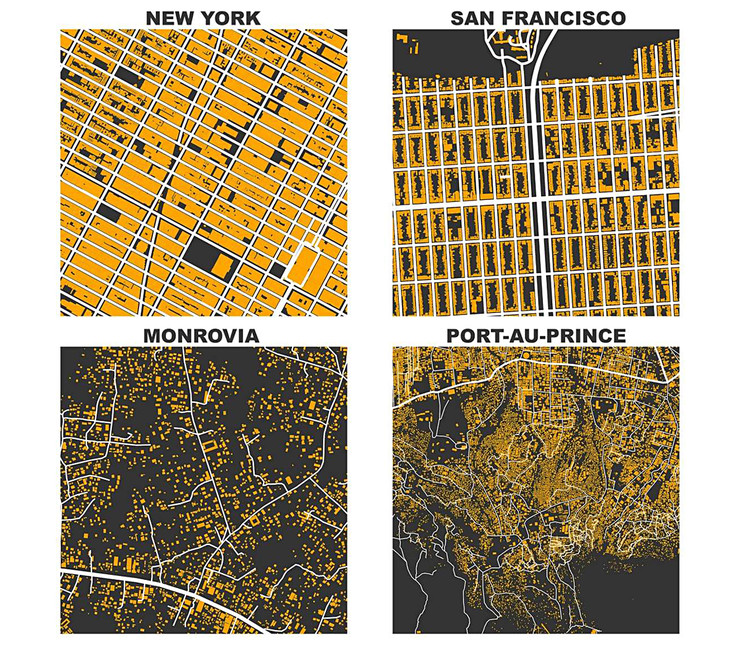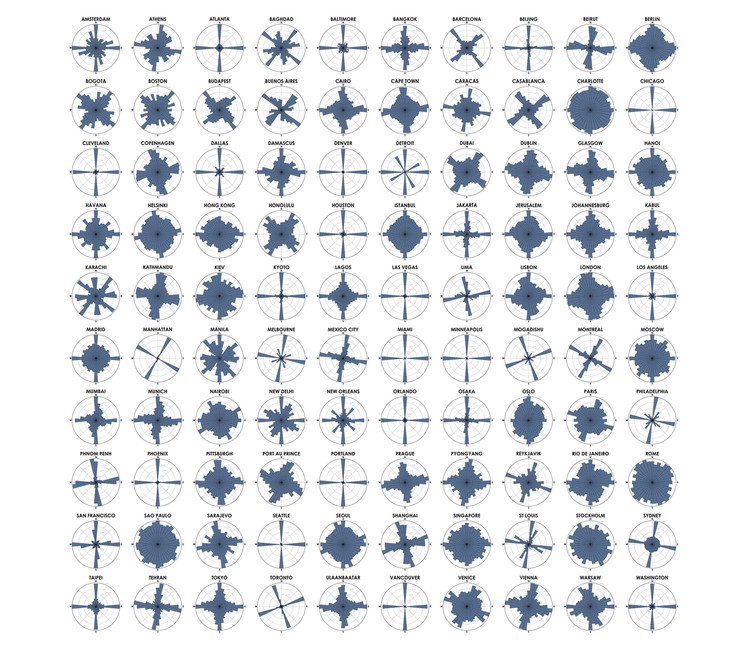Big Data and Urbanism: How to Organize Information for Optimal Application
Big Data refers to information that, because of its amount and complexity, requires particular functions to be able to be processed. New traits in urbanism, information assortment, and administration, to not point out the event of latest platforms and instruments, have given rise to a brand new period in city evaluation, creating new sources to grasp, consider, and handle the evolution of cities.
In spite of those developments, it has been an extended custom of city planners to go for visible strategies to mannequin cities. From Giambattista Nolli’s iconographic maps of Rome to Allan Jacobs’ road diagrams, visible tradition has been the go-to methodology for city planners for example and talk their work. Cartography particularly has sought to convey the complexities of city anatomy in a complete, visible format.
![Giovanni Battista Nolli-New Plan for Rome (1748). Image © Giambattista Nolli [Wikimedia] Under public domain](https://images.adsttc.com/media/images/5e4b/57cb/6ee6/7e0b/9d00/06d9/newsletter/Giovanni_Battista_Nolli-Nuova_Pianta_di_Roma_(1748)_01-12_-_crop.jpg?1581995969)
So, how can we take a compilation of visible data and make it legible for each planners and residents? How can we course of and classify these complicated patterns utilizing the fashionable energy and move of pc applications?
In his latest research “Spatial Information and the Legibility of Urban Form: Big Data in Urban Morphology” city planner and University of Southern California professor Geoff Boeing discusses city exploration primarily based on large information and argues that uncooked information has no pragmatic software, asserting that it’s essential to translate and compress giant portions of knowledge to be able to produce helpful, legible data that may be accessed and understood by most people.
Basing his work on the visible relevance of planning, his article analyzes the collaboration between two applications to remodel information into simplified data. The first program he appears to be like at is OpenStreetMap (OSM), a worldwide cartography group and on-line geospatial data system that serves as a free-access top quality database of the world’s city road networks. The second program, OSMnx, is a Python packet for analyzing information that permits researchers and different professionals to simply obtain data on streets, buildings, and providers, routinely reworking the knowledge into graphics. These are simply two examples of huge quantities of knowledge being rendered into photographs and complete maps.
In a main instance, Geoff Boeing makes use of the OSMnx software to provide figure-ground diagrams with streets and constructing prints, evaluating the city buildings of two U.S. cities, New York and San Francisco, with casual settlements in Monrovia, Liberia and Port-au-Prince, Haiti. The graphics supply a easy take a look at how buildings initially align with the streets, leaving area within the middle of every metropolis block. In the settlements, nonetheless, there isn’t a methodology or planning behind the format of the buildings or streets. Ideally, this graphic information may assist planners and residents in Monrovia and Port-au-Prince to collaboratively research and implement formal road networks into the settlements with out interrupting the each day lifetime of residents.

Secondly, Boeing produces a sequence of polar histograms or “wind roses” as a method to visualise a metropolis’s structural norms. Each polar histogram visualizes how streets are oriented on a compass. For instance, the diagram of Manhattan clearly illustrates the dominant rectangular grid, compressing a big amount of city information into easy, legible data.

Discover more from News Journals
Subscribe to get the latest posts sent to your email.





